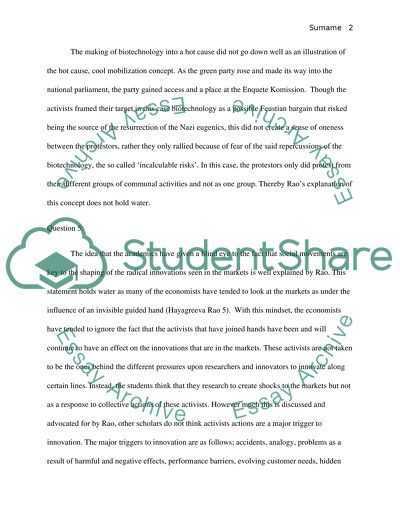Cite this document
(“Exam (book) analysis, networks for learning and knowledge creation in Essay”, n.d.)
Exam (book) analysis, networks for learning and knowledge creation in Essay. Retrieved from https://studentshare.org/sociology/1647731-exam-book-analysis-networks-for-learning-and-knowledge-creation-in-biotechnology-and-market-rebels-how-activists-make-or-break-radical-innovations
Exam (book) analysis, networks for learning and knowledge creation in Essay. Retrieved from https://studentshare.org/sociology/1647731-exam-book-analysis-networks-for-learning-and-knowledge-creation-in-biotechnology-and-market-rebels-how-activists-make-or-break-radical-innovations
(Exam (book) Analysis, Networks for Learning and Knowledge Creation in Essay)
Exam (book) Analysis, Networks for Learning and Knowledge Creation in Essay. https://studentshare.org/sociology/1647731-exam-book-analysis-networks-for-learning-and-knowledge-creation-in-biotechnology-and-market-rebels-how-activists-make-or-break-radical-innovations.
Exam (book) Analysis, Networks for Learning and Knowledge Creation in Essay. https://studentshare.org/sociology/1647731-exam-book-analysis-networks-for-learning-and-knowledge-creation-in-biotechnology-and-market-rebels-how-activists-make-or-break-radical-innovations.
“Exam (book) Analysis, Networks for Learning and Knowledge Creation in Essay”, n.d. https://studentshare.org/sociology/1647731-exam-book-analysis-networks-for-learning-and-knowledge-creation-in-biotechnology-and-market-rebels-how-activists-make-or-break-radical-innovations.


